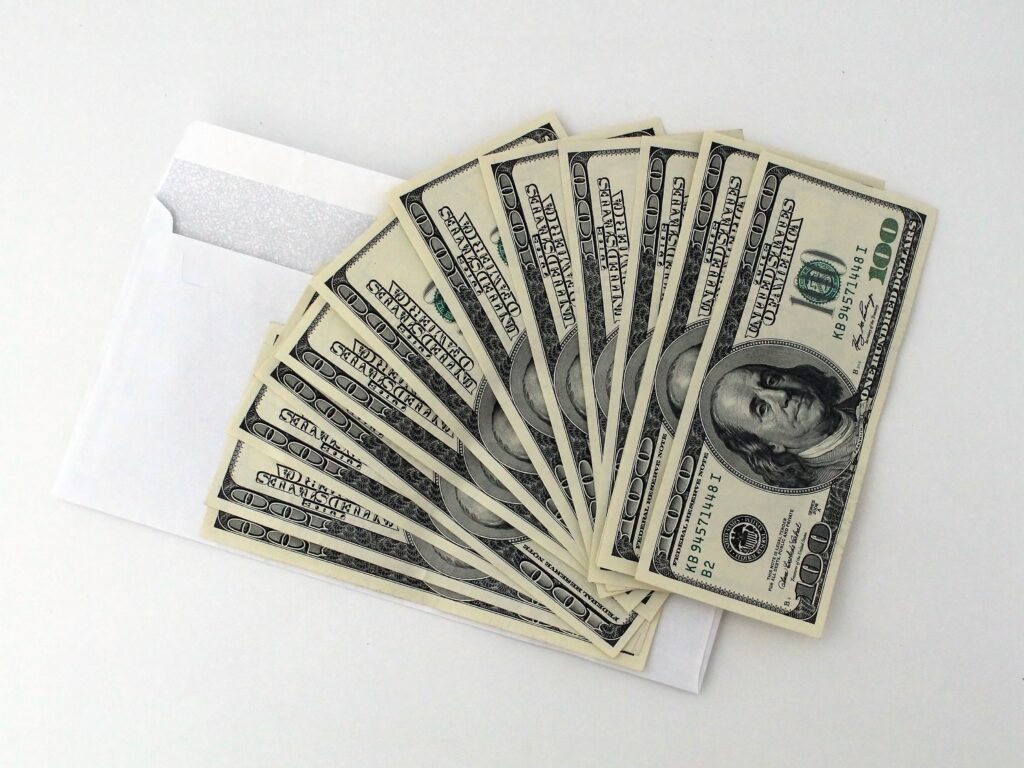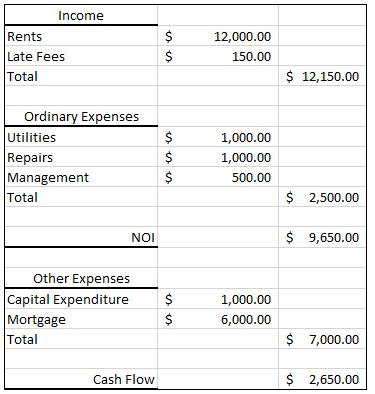
Cash flow seems like a good thing, but it is a little tough to understand. It takes some calculations, so fire up that spreadsheet and let’s take a deep dive into this important value for your property.
Cash flow is the money in the bank when all is said and done at the end of the month, or year. It is looked at on a per property basis, for instance, one single family rental or one apartment complex. It shows you exactly how much money you get to keep and so is very important to know. If it is decreasing, you need to find out what is going on with the property. Same if it is increasing, honestly, to learn what it is you are doing right.
The cash flow is simply what is left when all the income is collected and all the expenses are taken out. The only thing it doesn’t account for is any income taxes that might come out of the business or your personal account at the end. Cash flow is an essential number to calculate the cash-on-cash return. It is not very helpful in comparing deals because it doesn’t give a good apples to apples comparison – usually because the mortgages and capital expenditures will be different between properties. For that comparison, a better tool is the capitalization rate.
What is all counted in the income? Rents, fees, any security deposits that are withheld, and anything that brings money into the bank account. Expenses are anything that brings money out of the bank account. There’s a difference between ordinary expenses, which comprises things like repairs and utilities, and operating expenses, which adds capital expenditures to the ordinary expenses. We use ordinary expenses to arrive at the net operating income. We then take out capital expenditures and mortgage payments from that number to give us the cash flow. Here’s a profit and loss statement I made up to illustrate:

Make sure you use the cash flow when determining the health of your properties and monitor it yearly. This will help you target and fix problem areas and bring you the success for which you are looking.

